The Royals is a 2025 Hindi web series produced by Pritish Nandy Communications and directed by Priyanka Ghose and Nupur Asthana and written by Neha Veena Sharma. It features Ishaan Khatter as Prince Aviraaj and Bhumi Pednekar as entrepreneur Sophia Shekhar. Sakshi Tanwar, Zeenat Aman and Milind Soman play key roles. The story follows a former royal family dealing with their legacy, old secrets, and the pressure to keep up with a changing world. All of the action unfolds in the fading grandeur of Morpur Palace in Rajasthan.
At first glance, The Royals looks like a romantic drama between a privileged prince and a self-made CEO. But underneath the glamour and ceremonies, it raises questions about power, gender roles, and tradition. The series explores themes like inheritance, ambition, identity, and control. Even though it sometimes loses focus, its side plots reveal how patriarchal systems still dominate, especially among the wealthy.
Power, inheritance, and gender portrayal in The Royals
A clear examination of patriarchy in The Royals can be seen in its approach to inheritance. The late Maharaja names his mostly absent son Aviraaj as the heir to Moti Bagh Palace. This leaves out Digvijay, who actually runs the estate, and their sister Jinni, who is ignored altogether. The situation reflects how royal and elite families often deny women equal property rights.
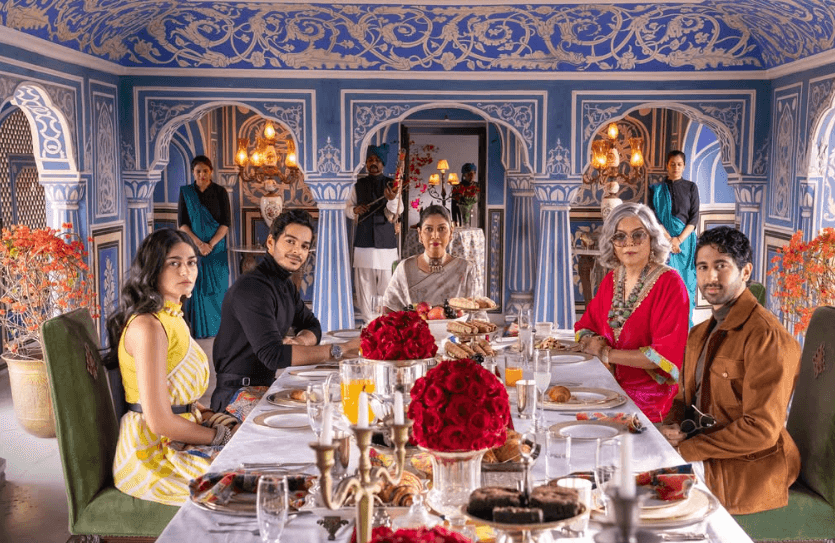
This plot point reinforces the notion that men naturally possess leadership and status. No one questions Aviraaj’s ability to lead, simply because of his birth.
Padmaja, the Queen Mother, also shows how power and patriarchy work together. She controls the family’s image and tries to solve their problems quietly. Still, she sticks to the same system. She considers marrying off Aviraaj to Ayesha, another royal, not out of love but for financial reasons. Ayesha is treated like a deal, not a person, showing how women in these circles are often used to build alliances.
Another layer is the Maharaja’s hidden relationship with Morris. His marriage to Padmaja was for show. His real love was kept secret in letters. When the truth comes out, it causes shame, not understanding. This shows how patriarchy doesn’t just control women—it also limits how men can express themselves, especially when image and family honour are involved.
Misogyny at work and in love
Sophia Shekhar is the series’s strongest character—not because she’s flawless, but because she faces the kind of disrespect many women know. She built her company, Work Potato, and founded Royal BNB. But she’s constantly challenged, especially by Zubin. He resists her ideas and later leads an effort to remove her from her own company. He claims she doesn’t listen—an excuse often used to push out strong women.
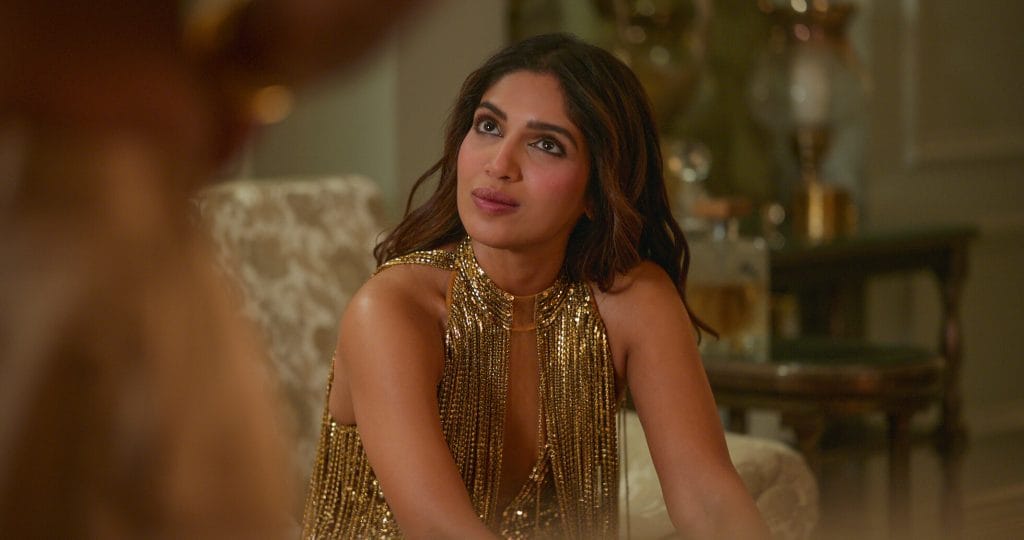
Zubin and her ex-boyfriend Kunal, both on the board, use her personal life against her. The move looks like a smart decision, but it’s clearly rooted in bias.
Sophia’s romantic connection with Aviraaj adds more tension. When she criticises him or jokes about his background, he reacts with anger. Their relationship swings between flirting and fighting, but she’s the one who has to fix things most of the time.
Padmaja also has to play by gender rules. Despite her influence, she works quietly to keep the family afloat. Her bond with Mr Shroff, a film actor, is shown as sweet but also hesitant. Older women, even powerful ones, are rarely allowed open romantic lives.
Queer identities and hidden lives
The Royals includes several queer storylines, though not all are fully developed. The Maharaja’s past with Morris is a key part of the inheritance story but mostly stays in the background. Letters reveal their relationship, which the family treats as a shameful secret. It’s more of a twist than a deep story about queerness in royal life.

Jinni’s story is a bit more hopeful. She comes out as a lesbian and shares her feelings for Sameera, someone from Sophia’s circle. Her moment is short but strong, especially in a family focused on status. Still, her story isn’t a major part of the series—showing how queer women are often pushed to the side.
Digvijay’s secret love for cooking adds another form of identity suppression. He enters a cooking contest in secret, knowing it’s not considered “manly” in his world. His story isn’t about sexuality but about rejecting gender expectations. Cooking, seen as a woman’s task in royal circles, becomes his quiet act of defiance.
The Royals had the chance to be a bold feminist show. It touched on big themes—inheritance, identity, queerness—but didn’t go far enough. Many critics agree it falls short.
Still, if you like romance dramas that hint at deeper issues—or shows like The Crown or Made in Heaven—The Royals has some value. There’s material here for anyone interested in how gender and class shape our stories. In the end, The Royals isn’t a strong feminist work. But it does show how power works, even when dressed in royal costumes. Thrones may fall, but the systems behind them often stay in place.
About the author(s)
Lakshmi Yazhini is a post graduate student, pursuing an Integrated Masters in Development Studies, at the Indian Institute of Technology Madras. Based in Chennai, Yazhini has an avid research interest in the intersectionality of feminist geography and the state, in peripheral cities. In her free time, she likes to bake, do yoga, read fiction and pen down her thoughts in her journal (which are most often about the micro inequalities around her). Yazhini hopes to explore, write and make a difference about these as a policymaker some day.
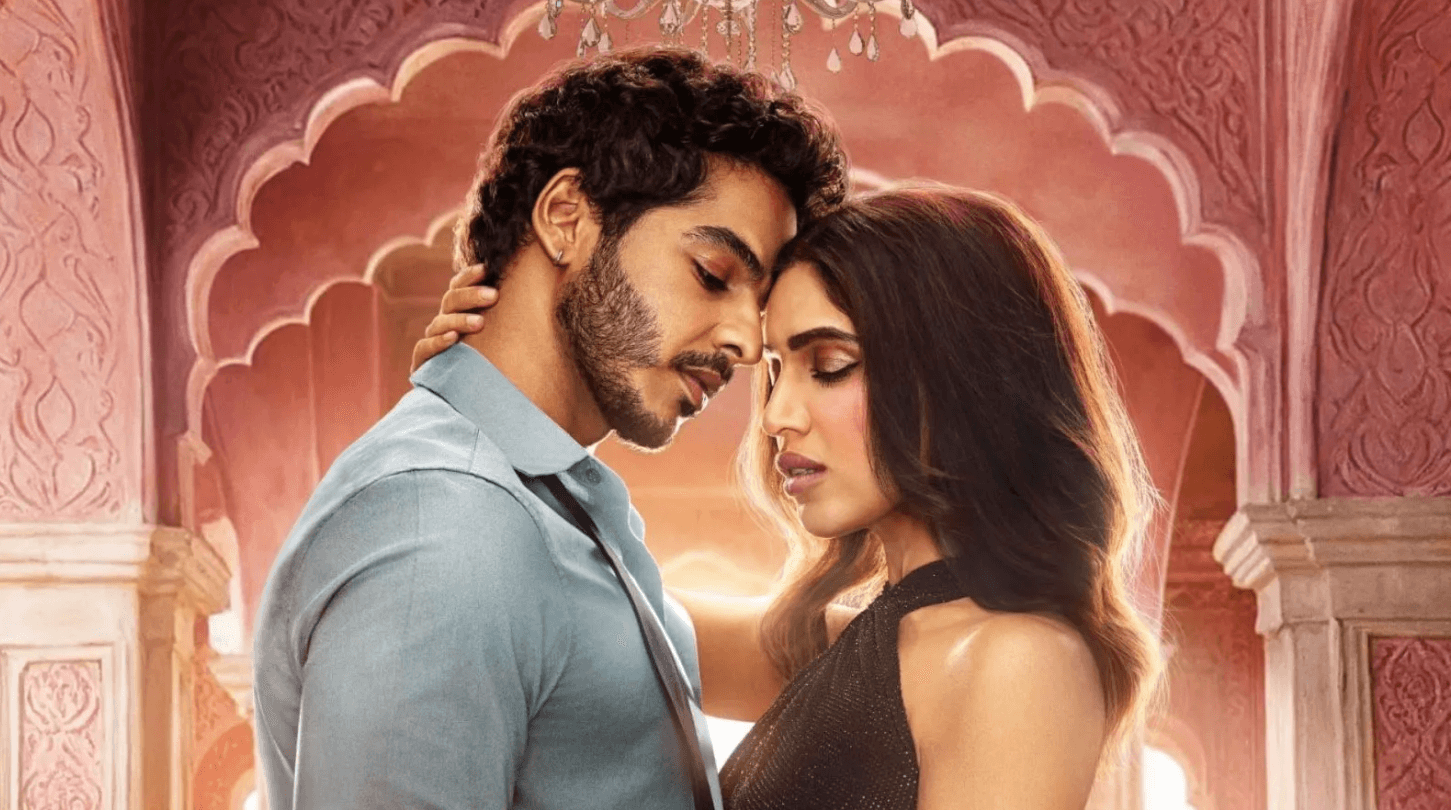


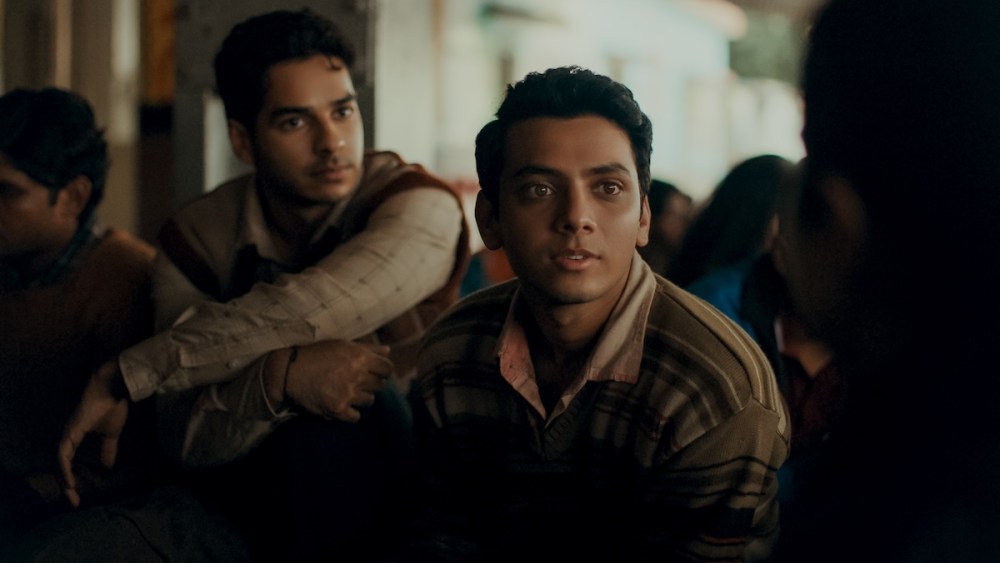

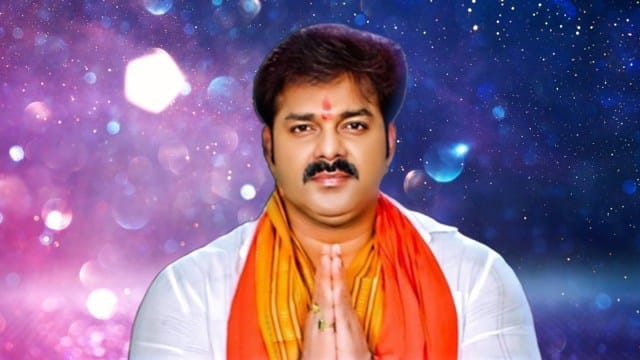

it was amazing movie,
Great time to wathe and its realy it was amazing movie.
it was amazing movie and best experience